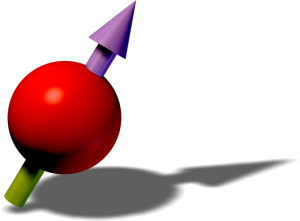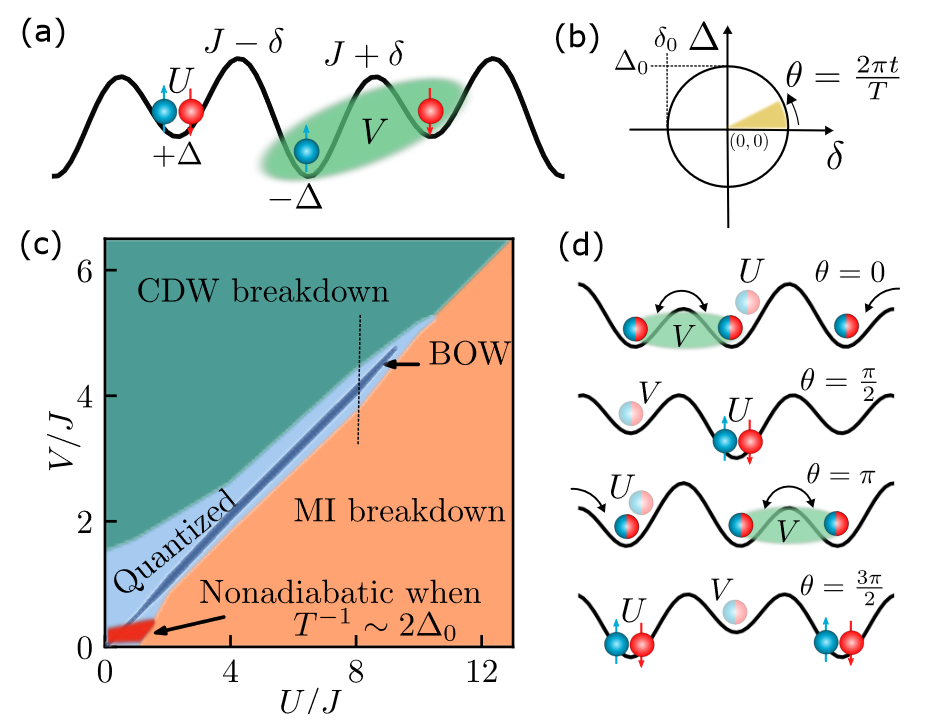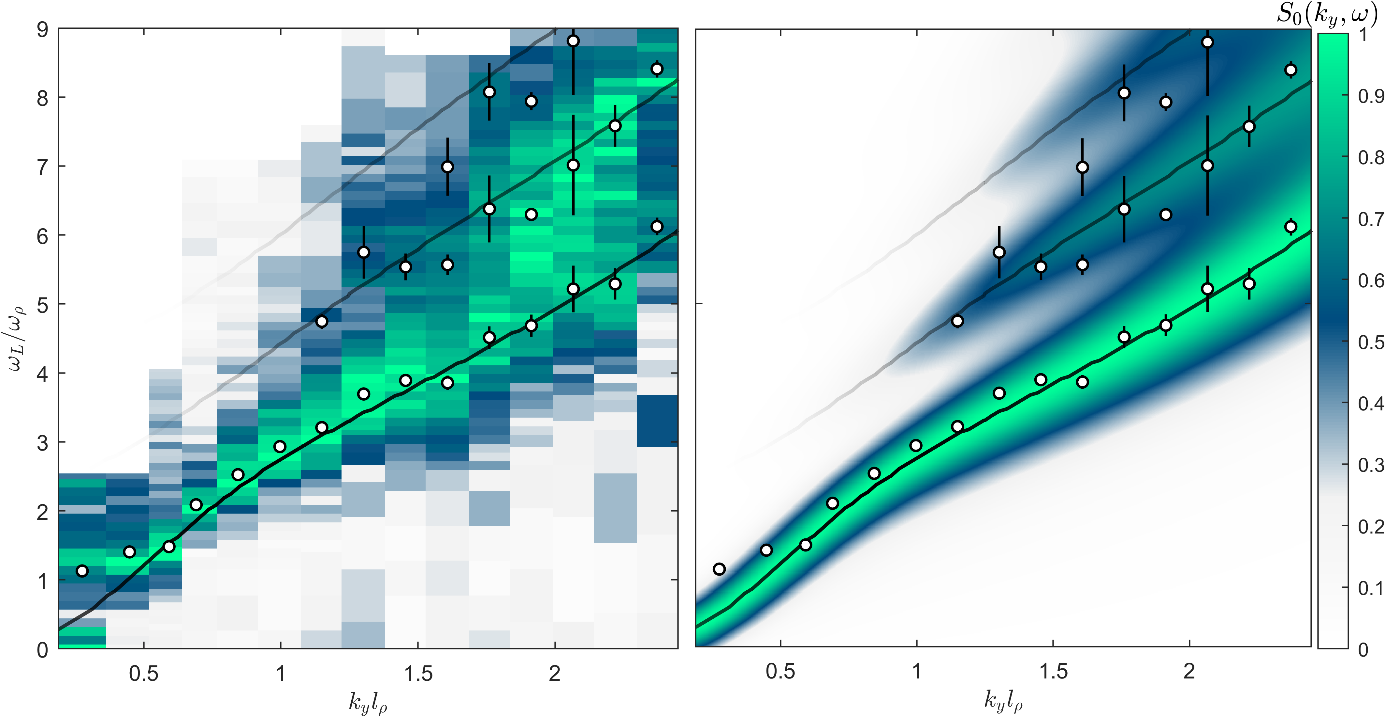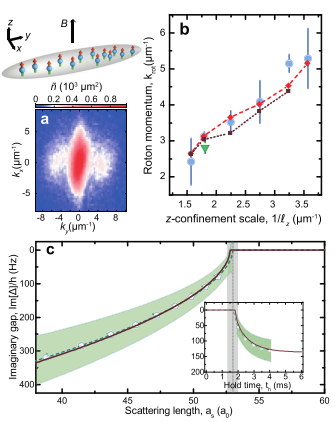 If you have been searching for a high-level overview of the dipolar supersolid phase, look no further than this open access article by Prof. Francesca Ferlaino and Dr. Manfred Mark! Newly published in the journal “Physik in unserer Zeit”, this German language primer lays out the historical background, newly discovered properties and open questions which remain about this paradoxical quantum phase. See the full article below:
If you have been searching for a high-level overview of the dipolar supersolid phase, look no further than this open access article by Prof. Francesca Ferlaino and Dr. Manfred Mark! Newly published in the journal “Physik in unserer Zeit”, this German language primer lays out the historical background, newly discovered properties and open questions which remain about this paradoxical quantum phase. See the full article below:
Ferlaino, F. and Mark, M.J. (2024), Der Suprafestkörper. Phys. Unserer Zeit. https://doi.org/10.1002/piuz.202301692



